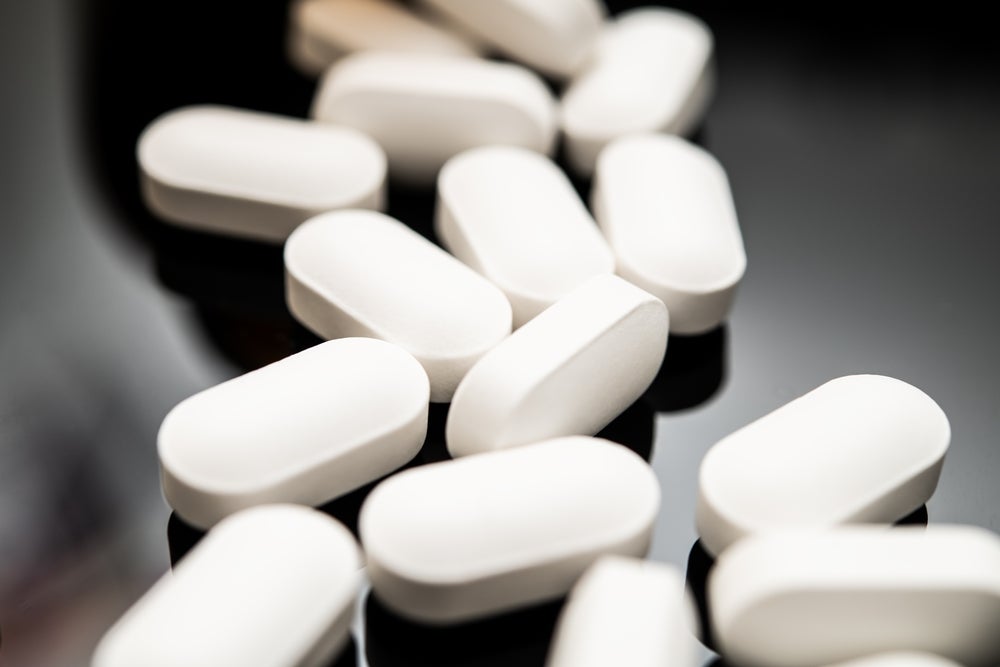According to the US Centers for Disease Control and Prevention, substance use disorder (SUD) affects approximately one in six people in the US. People with SUD are at increased risk of infectious diseases such as hepatitis A (Hep A), hepatitis B (Hep B), hepatitis C (Hep C), human immunodeficiency virus (HIV), latent tuberculosis infection (LTBI), and sexually transmitted infections (STIs) such as gonorrhoea, chlamydia, and syphilis. These infections can continue to circulate in marginalised populations due to reduced access to healthcare.
In July 2025, the University of Pennsylvania Health System published a study focusing on increased screening for infectious diseases at an SUD inpatient treatment facility. The study consisted of two phases. The first phase, called “usual care”, occurred from September 2021 to June 2022. In the usual care phase, infectious disease screening was performed according to the recommendations of the admitting provider, alongside a standard Hep C screen protocol. The second phase, or “intervention” phase, occurred between September 2022 and June 2023. The intervention phase included connecting patients with an infectious disease-trained nurse who guided the patients through HIV and hepatitis testing and results, obtained STI and LTBI exposure history and testing, and offered prophylaxis and treatment as appropriate.
The intervention group yielded significantly higher rates of screening than the usual care group for every infectious disease in the study. Testing rose from 6.1% to 90.3% for Hep A, 8.8% to 91.3% for Hep B, 49.4% to 91.8% for Hep C, 23.8% to 76.8% for HIV, 1.9% to 67.6% for LTBI, 14.9% to 59.9% for gonorrhoea/chlamydia, 18.4% to 68.1% for syphilis, and 27.5% to 56.7% for trichomonas. The prevalence of each disease was not statistically significant between the usual care and intervention groups.
The effects of intervention extended to both prophylaxis and treatment. Seronegative intervention patients were offered vaccines for Hep A and Hep B, HIV preexposure prophylaxis (PrEP), and treatment for positive tests. The rate of Hep A vaccination rose from 0.0% in the usual care group to 58.0% in the intervention group, and the Hep B vaccination rate rose from 0.0% to 71.0%. Linkage to HIV PrEP rose from 0.0% in the usual treatment group to 5.2% in the intervention group, and three intervention group patients were started on PrEP. Higher rates of treatment were noted in the intervention group than the usual care group for Hep C (100% versus 67.0%), gonorrhea/chlamydia (100% versus 0.0%), syphilis (85.0% versus 62.0%), and trichomonas (100% versus 72.0%).
GlobalData epidemiologists forecast that in the US in 2025, there will be 1.4 million diagnosed prevalent cases of HIV, 9,600 diagnosed incident cases of Hep A, 306,000 diagnosed prevalent cases of Hep B, 648,000 diagnosed prevalent cases of Hep C, 9,500 diagnosed incident cases of tuberculosis, 1.6 million 12-month total prevalent cases of opioid use disorder, and 40 million 12-month total prevalent cases of alcohol dependency. Considering the increased risk of diseases like hepatitis and HIV in patients with SUD, interventions such as screening for infectious diseases during treatment can increase the detection, prevention, and treatment of infectious diseases in this population. Both increased prevention via vaccination and PrEP and increased treatment of current infections can interrupt the transmission of infectious diseases, reducing disease prevalence in the population and improving health outcomes.
